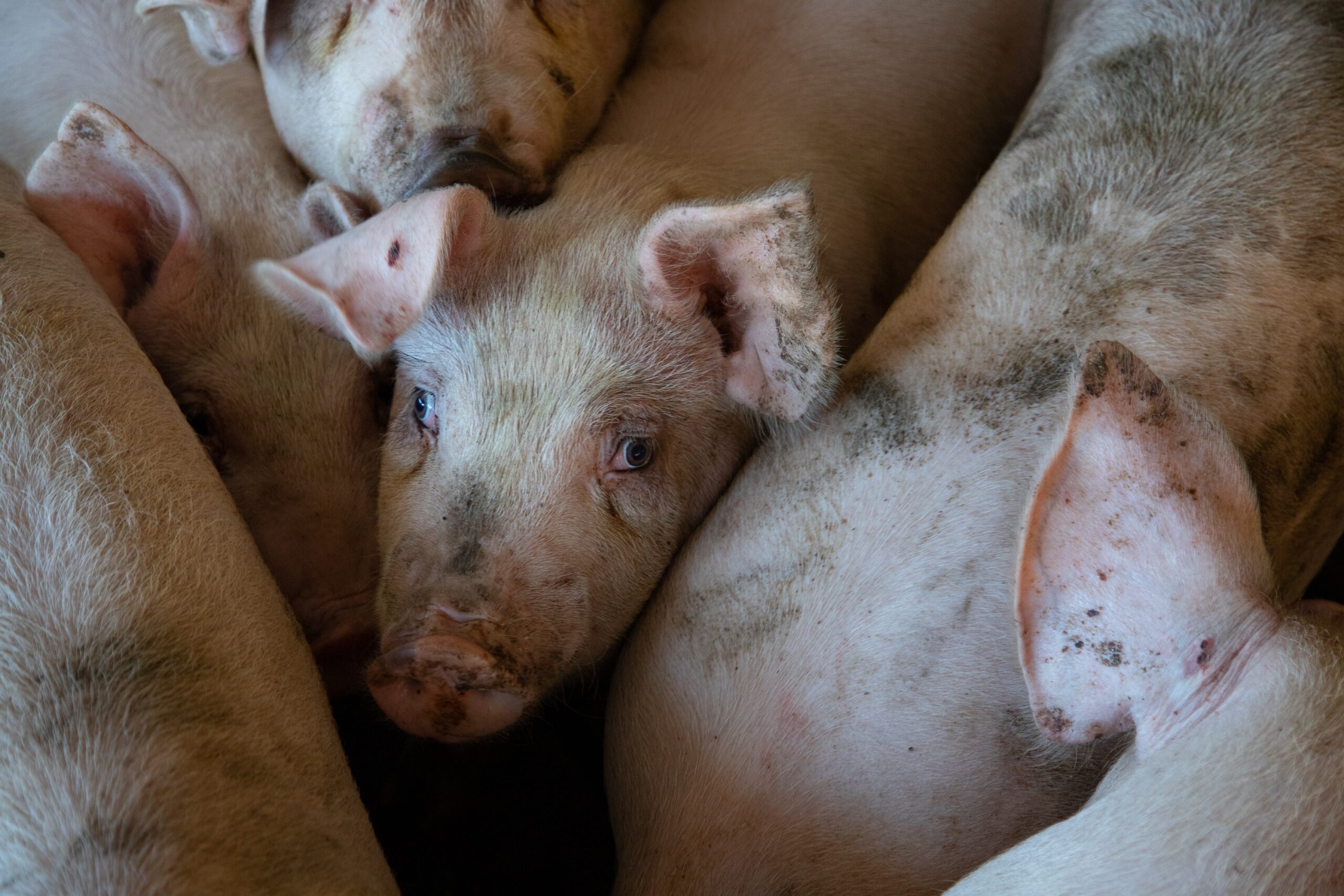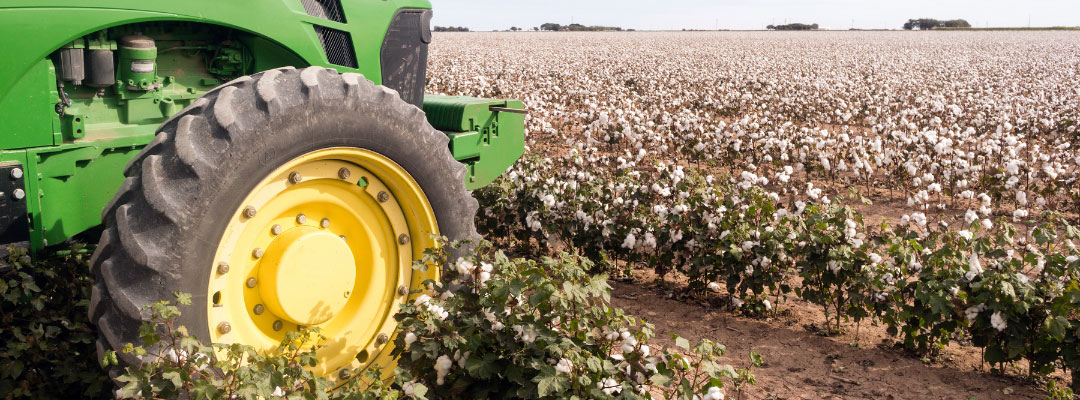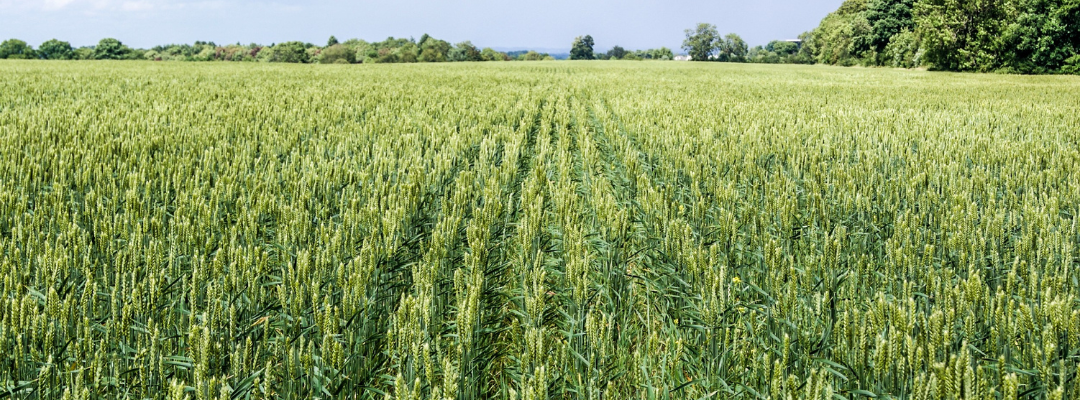On July 1st, 2023, California’s Proposition 12, which sets production standards for pork sold in California, officially came into effect. This animal welfare law requires that all uncooked pork sold in California comes from the offspring of sows that are kept in pens with at least 24 square ft. of space. California accounts for approximately 14% of U.S. pork consumption but less than 2% of pork production, leaving producers and processors in major hog producing states, such as those in the Plains, Corn Belt, and North Carolina, to decide if it is economically viable to meet Prop 12 requirements and continue to supply the California market. A Sacramento County court order extended the time for non-compliant pork that was in the supply chain before July 1st to continue to be sold in the California market until December 31st, 2023. This modification was expected to help mitigate any supply chain disruptions or price spikes.
Nevertheless, early indications from Circana retail-level scanner data reveal signs of strain in California markets after July 1st. Pork prices have surged, expenditures are down—a classic symptom of a supply shock. For example, pork ribs and pork loin, the top two consumed fresh pork* products in California, have witnessed substantial price hikes by the end of July. The average sales price of pork ribs and loins were 25% and 43% higher, respectively, in California, in August, compared to June. In comparison, pork rib and loin average sales prices for the rest of the U.S. were 6.4% higher and 5.4% lower over the same period.
Concurrently with the price increase, there has been a notable decline in the volume of pork purchased in California. The total volume of fresh pork purchased in California decreased by 23% from June 2023 to August 2023. This volume represents 37% less than the average volume sold in California in August from 2020-2022. As depicted in the graph below, the volume in California generally follows the rest of the U.S. volume patterns up until the large deviation in July 2023. California is the first and largest state to implement this type of law, but it is worth noting that Massachusetts also recently enacted a similar law. These developments are likely to have far-reaching implications for consumers in affected states and livestock producers throughout the United States, including many in the South.
*Fresh pork products reported in the scanner level data include AO pork, ground pork, leg (fresh ham), pork ingredient cuts, pork loin, pork offal, pork ribs, and pork shoulder.
Figure 1: Pork Rib and Loin Average Sales Price

Figure 2: Fresh Pork Sales, by Volume

Hawkins, Hannah. “Proposition 12 Preliminary Price Impacts.” Southern Ag Today 3(38.2). September 19, 2023. Permalink








